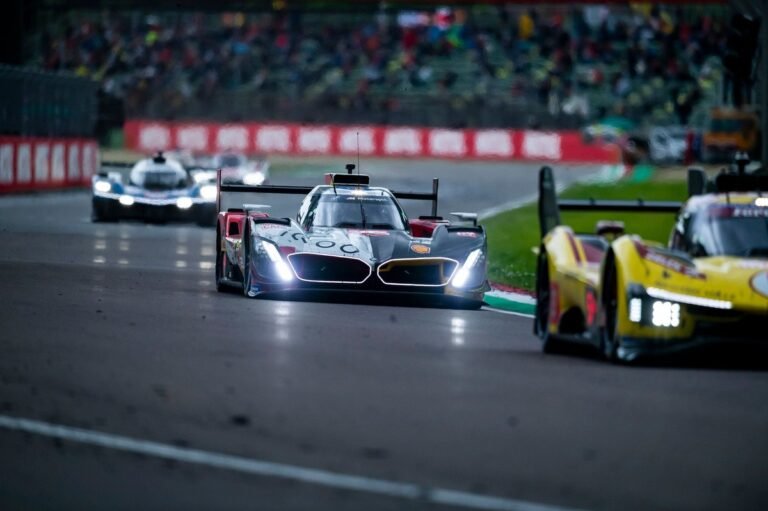The Future of the Hypercar World Endurance Championship: Potential Rule Extensions and Manufacturer Perspectives
The Hypercar World Endurance Championship (WEC) is on the brink of a significant evolution as discussions about extending its current regulations gain momentum. Series leader Frederic Lequien recently indicated to Motorsport.com that there may be a push to allow existing Hypercars to race until 2032, extending the current homologation rules beyond the previously announced deadline of 2029. The potential three-year extension reflects a growing consensus among manufacturers that maintaining continuity within the championship is crucial for long-term investment and competitiveness.
The current regulations, which have governed the Le Mans Hypercar (LMH) class since their inception in 2021, succeeded in fostering a thriving environment for manufacturers. Acknowledging the success of the standing rules, Lequien stressed the importance of not only catering to existing participants but also considering the entry of new manufacturers like Hyundai, Ford, and McLaren. Acknowledging the success of the LMH and the introduction of the LMDh class in 2023, extending the homologation period may provide manufacturers a longer timeline to capitalize on their investments while strengthening competition within the championship.
Both existing and prospective manufacturers have shown strong support for extending the current rules. Urs Kuratle, who oversees Porsche’s LMDh program, expressed his favor for the extension, believing it would promote stability and value creation for manufacturers within both the WEC and IMSA SportsCar Championship. Similarly, Olivier Jansonnie, Peugeot Sport’s technical director, echoed these sentiments, highlighting that a three-year racing window for new entrants would be significantly too brief for them to gain traction and experience vital in such a competitive arena.
The conversation around the compatibility between the LMH and LMDh standards also remains crucial as the potential extension looms. It is not clear if the governing bodies, the FIA and the ACO, will seek to unify the two platforms during the potential extension. However, industry leaders agree that a singular framework would simplify competitive dynamics and enhance the championship’s allure. Kuratle noted the necessity for collaboration between manufacturers so they can collectively craft a harmonious rule set that optimizes both classes’ unique aspects.
As manufacturers contemplate the future of the Hypercar category, the flexibility afforded by LMH regulations — which allow complete design autonomy — poses intriguing questions about preference for development approaches in a potential unified format. Jansonnie articulated Peugeot’s willingness to adapt to a new two-wheel-drive configuration if it meant greater control over the design, reinforcing the notion that technical adaptability will be key to success in future racing endeavours.
Additionally, the discussion of hydrogen-powered vehicles entering the equation in 2028 adds another layer of complexity to the rules extension debate. While the FIA and ACO have outlined their intention to introduce hydrogen-fueled cars to compete alongside the next generation of conventional Hypercars, uncertainties about the readiness of regulations and technology persist. Toyota’s technical team expressed doubt about meeting the 2028 deadline, citing the significant challenges in developing a competitive hydrogen vehicle without clear guidelines.
In conclusion, the ongoing discussions about extending the Hypercar World Endurance Championship rules provide a glimpse into a rapidly evolving motorsport landscape. Manufacturers are united in their desire for consistency and collaboration, arguing that an extension could enhance the competitive fabric of the championship. Additionally, the prospect of hydrogen technology underscores the necessity for a future-oriented approach, encouraging dialogue among stakeholders to prepare the Hypercar category for the demands of an increasingly complex global energy landscape. As discussions continue, the motorsport community remains watchful, anticipating a decisive resolution that could redefine the championship for years to come.



